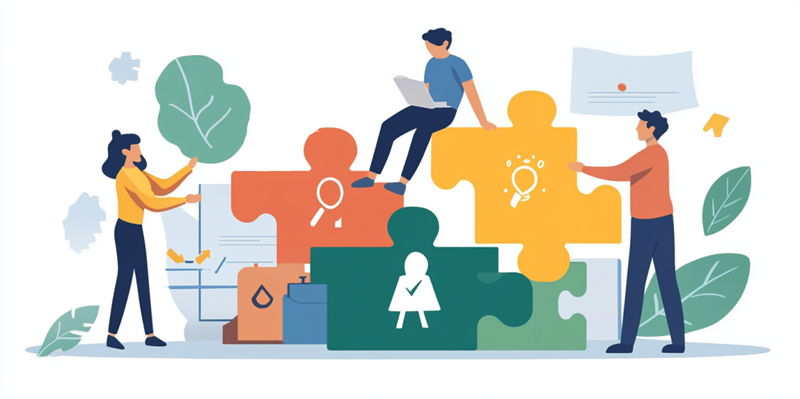The modern workplace is undergoing a significant transformation, driven by the necessity to engage employees actively, integrate advanced technologies, and maintain organizational adaptability. In today’s dynamic business environment, it is crucial to implement strategies that enhance productivity, employee retention, and overall job satisfaction. This includes fostering a positive work environment, offering professional development opportunities, and ensuring open communication channels. By focusing on employee engagement, companies can create a more motivated and committed workforce, which ultimately leads to better business outcomes.
Technological integration plays a pivotal role in reshaping human resources practices. The advent of AI and automation has revolutionized recruitment processes, improved talent management, and facilitated remote work arrangements. These advancements enable organizations to streamline operations, reduce administrative burdens, and provide employees with tools that support their productivity and efficiency. Embracing these technologies is essential for companies aiming to stay competitive and responsive to market demands.
However, the need for organizational adaptability cannot be overstated. In a rapidly changing world, businesses must adopt agile approaches, encourage continuous learning, and constantly re-evaluate their structures to better respond to market shifts. This level of adaptability allows companies to remain resilient, innovate, and capitalize on new opportunities. Additionally, prioritizing employee well-being is essential for sustaining workforce morale and productivity. Companies should implement wellness programs, ensure work-life balance, and nurture a supportive workplace culture.
Moreover, the push for diversity and inclusion within the workforce is becoming more pronounced. Embracing diverse perspectives not only drives innovation but also improves decision-making and reflects the values of a globalized workforce. Companies that prioritize diversity and inclusion can harness a wider range of ideas and experiences, leading to more creative and effective solutions. This, in turn, fosters a more cohesive and engaged workforce, which is integral to long-term organizational success.
The article underlines the importance of a future-forward workplace where employee-centered strategies, technological advancements, and flexible organizational models coexist. Organizations are encouraged to continually innovate, prioritize their workforce’s well-being, and embrace inclusivity to remain competitive and successful. This cohesive approach promotes a thriving business culture that benefits both employees and employers, setting the stage for sustainable growth and success in the modern economy.

